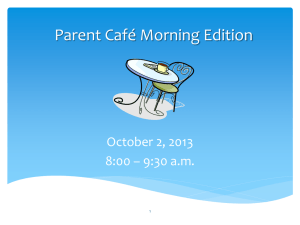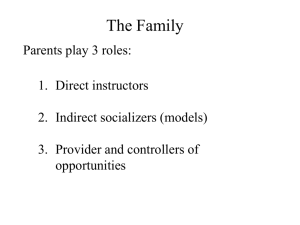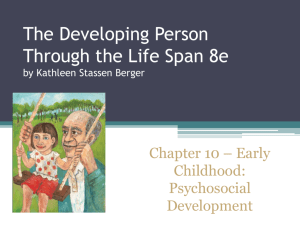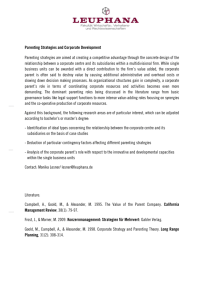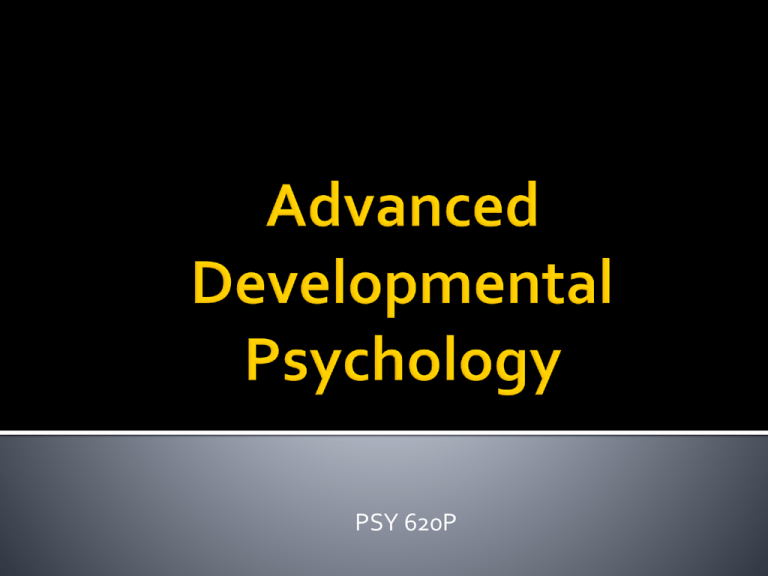
PSY 620P
Contexts are not fully independent
▪ Parenting is directly associated with the type of crowd adolescents
choose to affiliate with (Brown et al., 1993)
Effects of contexts on individual can be altered by
other contexts within the system
▪ Maladaptive adolescent crowd affiliation (vs. adaptive or
neutral) increased adverse effects of poor parenting and
diminished effects of positive parenting (Brown & Huang, 1995)
High levels of support from school personnel decreased levels of
distress among young adolescents with low levels of parental support
(but didn’t make a difference for kids with high levels of parental
support) (Dubois et al., 1992)
▪ Restrictive and controlling parenting is adaptive in
dangerous neighborhoods (e.g., Baldwin et al., 1990)
▪ Greatest effects on child if
▪ (a) family in poverty for multiple years vs. shorter
amounts of time, and
▪ (b) poverty experienced early in life vs. adolescence
(Brooks-Gunn & Duncan, 1997)
Multiple levels of organization
Fused, embedded, nested
Development can be seen across all units of time
ms years
Development is adaptive and organized
Not just random change
Limits on possible outcomes, self-organization
Multiple, mutual, continuous interaction of all
components of developing system
Emergence of new forms of behavior
Development as an open system
Self-organizing with relative plasticity
Emphasis on “how” development changes,
not what the changes are
Change occurs within complex systems that
interact over time to contribute to produce
change in behavior
Amiel, 1/14/16
Systems are self-organizing
The brain is not the controller of behavior & no specific
component has priority for causing change
Rejection of dichotomies
Nature vs. nurture
Application to social development? Emotional development?
Amiel, 1/14/16
How do we identify or define “cause”?
How do we integrate levels across multiple
time points?
Research
methods
Amiel, 1/14/16
Real time Developmental time
Smile
(sleep/drowsy)
Attentive Brow
(awake)
Smile
(awake)
Messinger,, et al., 2002;
Dondi, et al., 2007
Dynamic Systems Theory – Applications
Focus on change, emergence of new forms, self-
organization
▪ Static System xt = f (a,b,c….)
vs.
▪ Dynamic System xt = f (xt-1,a,b,c….)
Dominant behaviors as attractors
▪ Arousal + negative emotional valence?
▪ Strange Situation examples
▪ Kid Mobility 2016 examples: Sex differences
▪ State Space Grid Analysis
▪ Grids reflecting co-occurrence of 2 or more variables
see Howe & Lewis, 2005; Martin et al., 2005 (and
entire Developmental Review, 25 special section)
▪ Sex differences
What brings young
children together
as play partners?
Martin et al., 2005
▪What features
attract the
target child in
these 3
hypothetical
plots of their
successive
interaction
partners?
▪ “Child 2 may have
been goading the
seemingly affable
Child 1 through
negative behavior.
▪ Eventually, Child 1
responds in kind and
the interaction ends in
mutually high
negativity, indicating a
conflict has ensued.”
▪ True?
C. L. Martin et al. / Developmental Review 25 (2005) , pp. 307-308
Boys
Target child
emotionality of A)
boys and B) girls,
playing with boys
or girls
Girls
Two children with same sex peer
proclivities
Two children with other sex peer
proclivities
How do these dyadic emotional dynamics differ?


